 W
WJean Guillaume Audinet-Serville was a French entomologist, born on 11 November 1775 in Paris. He died on 27 March 1858 in La Ferté-sous-Jouarre.
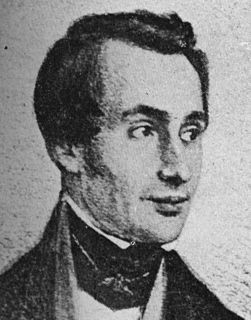 W
WJean Victor Audouin, sometimes Victor Audouin, was a French naturalist, an entomologist, herpetologist, ornithologist, and malacologist.
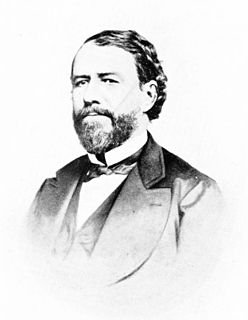 W
WConstant Bar was a French entomologist.
 W
WAmbroise Marie François Joseph Palisot, Baron de Beauvois was a French naturalist.
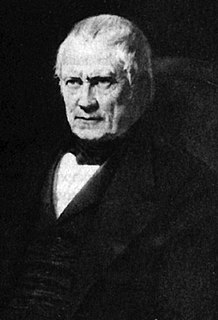 W
WHenri Marie Ducrotay de Blainville was a French zoologist and anatomist.
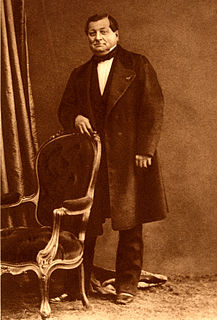 W
WJean Baptiste Alphonse Déchauffour de Boisduval was a French lepidopterist, botanist, and physician.
 W
WCharles Lucien Jules Laurent Bonaparte, 2nd Prince of Canino and Musignano, was a French biologist and ornithologist. Lucien and his wife had twelve children, including Cardinal Lucien Bonaparte.
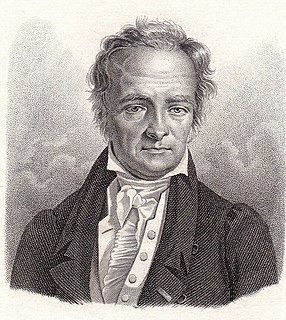 W
WLouis Augustin Guillaume Bosc was a French botanist, invertebrate zoologist, and entomologist.
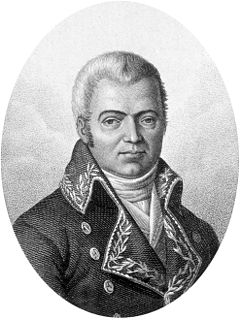 W
WPierre Marie Auguste Broussonet, French naturalist, was born at Montpellier. His father, François Broussonet (1722-1792), was a physician and professor of medicine at famous Université de Montpellier. His brother, Victor, studied there and later became its dean. Henri Fouquet (1727-1806), a professor at the medical school, was a relative, as was Jean-Antoine Chaptal (1756-1832), who subsequently became minister of the interior.
 W
WJean-Baptiste Eugène Bellier de la Chavignerie was a French entomologist who specialised in Lepidoptera. After his studies in Chartres then Paris, Chavignerie worked at the Palais de Justice in Paris from 1844 to 1859. He was devoted to Lepidoptera and wrote many scientific papers on them, principally faunistic works. The most important were the faunas of the Auvergne (1850), the Alps, the Pyrénées-Orientales (1858), Sicily (1860) and Corsica (1861). Charles Oberthür (1845-1924) acquired his collection after his death.
 W
WPierre Chrétien was a French entomologist who specialised in Lepidoptera. He was a member of Société entomologique de France. Trifurcula chretieni Z. & A. Lastuvka & van Nieukerken, 2013 is "named in honour of Pierre Chrétien (1846–1934), who discovered nepticulid mines on Bupleurum, including those on Bupleurum rigidum, and the first author to describe a number of Mediterranean species that are now placed in Trifurcula (Glaucolepis)." His collection is held by National Museum of Natural History in Paris.
 W
WAlexandre Constant also known as Alfred Constant was a French entomologist who specialised in Lepidoptera.
 W
WJules Culot was a French entomologist and an entomological illustrator who specialised in Coleoptera and Lepidoptera.
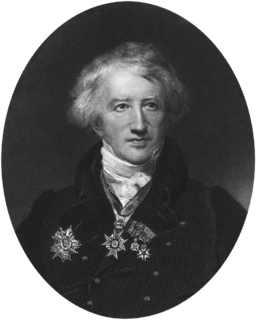 W
WJean Léopold Nicolas Frédéric, Baron Cuvier, known as Georges Cuvier, was a French naturalist and zoologist, sometimes referred to as the "founding father of paleontology". Cuvier was a major figure in natural sciences research in the early 19th century and was instrumental in establishing the fields of comparative anatomy and paleontology through his work in comparing living animals with fossils.
 W
WPierre François Marie Auguste Dejean, was a French entomologist. A soldier of fortune during the Napoleonic Wars, he rose to the rank of lieutenant general and aide de campe to Napoleon. He amassed vast collections of Coleoptera, some even collected on the battlefield at Waterloo. He listed 22,399 species in his cabinets in 1837—at the time, the greatest collection of Coleoptera in the world. In 1802, he began publishing a catalogue of his vast collection, including 22,000 species names. Dejean was an opponent of the Principle of Priority in nomenclature. "I have made it a rule always to preserve the name most generally used, and not the oldest one; because it seems to me that general usage should always be followed and that it is harmful to change what has already been established". Dejean acted accordingly and often introduced in litteris names, given by himself to replace those already published by other authors. They became invalid. Dejean was president of the Société entomologique de France for the year 1840. In 1834, he was elected a foreign member of the Royal Swedish Academy of Sciences. He died on 17 March 1845.
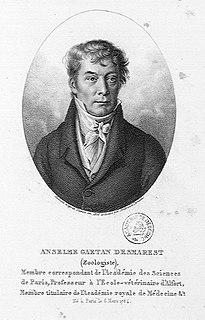 W
WAnselme Gaëtan Desmarest was a French zoologist and author. He was the son of Nicolas Desmarest and father of Eugène Anselme Sébastien Léon Desmarest. Desmarest was a disciple of Georges Cuvier and Alexandre Brongniart, and in 1815, he succeeded Pierre André Latreille to the professorship of zoology at the École nationale vétérinaire d'Alfort. In 1820 he was elected to the Académie Nationale de Médecine.
 W
WÉmile Deyrolle (1838–1917) was a French naturalist and natural history dealer in Paris. The business was originally owned by his naturalist grandfather, Jean-Baptiste Deyrolle who opened his shop in 1831 at 23, Rue de la Monnaie. Émile’s father Achille Deyrolle ran the business for many years. Émile took over in 1866. The address from 1881 was 46, Rue du Bac, the former home of Jacques Samuel Bernhart. Deyrolle specialized in natural history publications and specimens taxidermy, minerals, rocks, fossils, botanical specimens, shells, taxidermy, microscopic specimens and microscopes.
 W
WPaul Dognin was a French entomologist who specialised in the Lepidoptera of South America. Dognin named 101 new genera of moths.
 W
WNapoléon Doumet-Adanson (22 October 1834, Guéret – 31 May 1897 Château de Balaine was a French naturalist. He was a botanist specialising in the flora of Tunisia. He was a founder member of the Société d'horticulture et de botanique de l'Hérault. Doumet was also interested in entomology. He was a Member of the Institut de France.
 W
WAndré Marie Constant Duméril was a French zoologist. He was professor of anatomy at the Muséum national d'histoire naturelle from 1801 to 1812, when he became professor of herpetology and ichthyology. His son Auguste Duméril was also a zoologist.
 W
WAuguste Henri André Duméril was a French zoologist. His father, André Marie Constant Duméril (1774-1860), was also a zoologist. In 1869 he was elected as a member of the Académie des sciences.
 W
WGabriel Dupuy was a French entomologist who specialised in Lepidoptera.
 W
WJules Ferdinand Fallou was a French entomologist who specialised in Lepidoptera and Coleoptera.
 W
WFrançois-Robert Fenwick Brown also known as Robert-Francois Brown; Francois Robert Fenwick Brown, was a French entomologist who specialised in Microlepidoptera. He was a Member of the Société entomologique de France.
 W
WAbbé François Joseph Fettig was a French entomologist specialising in Lepidoptera and Coleoptera.
 W
WGédéon Foulquier (1855-1941), was a French entomologist who specialised in Lepidoptera. He wrote with Charles Oberthür Catalogue raisonné des Lepidoptères des Bouches-du-Rhône . Premier partie, Rhopalocères. Marseille : Librairie Ruat, 1899.
 W
WÉtienne Geoffroy Saint-Hilaire was a French naturalist who established the principle of "unity of composition". He was a colleague of Jean-Baptiste Lamarck and expanded and defended Lamarck's evolutionary theories. Geoffroy's scientific views had a transcendental flavor and were similar to those of German morphologists like Lorenz Oken. He believed in the underlying unity of organismal design, and the possibility of the transmutation of species in time, amassing evidence for his claims through research in comparative anatomy, paleontology, and embryology.
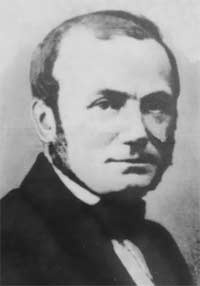 W
WIsidore Geoffroy Saint-Hilaire was a French zoologist and an authority on deviation from normal structure. In 1854 he coined the term éthologie (ethology).
 W
WCharles Frédéric Girard was a French biologist specializing in ichthyology and herpetology.
 W
WAlfred Grandidier was a French naturalist and explorer.
 W
WAdolphe Hercule de Graslin was a French entomologist.
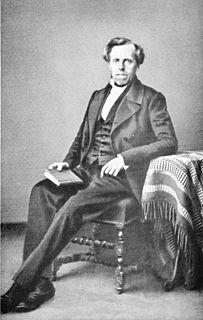 W
WAchille Guenée was a French lawyer and entomologist.
 W
WFélix Édouard Guérin-Méneville, also known as F. E. Guerin, was a French entomologist.
 W
WCharles Janet was a French engineer, company director, inventor and biologist. He is also known for his innovative left-step presentation of the periodic table of chemical elements.
 W
WClaude-François Jeunet, was a French entomologist who specialised in Lepidoptera. He studied the fauna of Doubs and Franche-Comté. Claude-Francois Jeunet was a friend of Charles Oberthur.
 W
WBernard-Germain-Étienne de La Ville-sur-Illon, comte de Lacépède or La Cépède was a French naturalist and an active freemason. He is known for his contribution to the Comte de Buffon's great work, the Histoire Naturelle.
 W
WJean-Baptiste Pierre Antoine de Monet, chevalier de Lamarck, often known simply as Lamarck, was a French naturalist. He was a soldier, biologist, and academic, and an early proponent of the idea that biological evolution occurred and proceeded in accordance with natural laws.
 W
WFrançois Louis Nompar de Caumont La Force, comte de Castelnau was a French naturalist, known also as François Laporte or Francis de Castelnau. The standard author abbreviation Castelnau is used to indicate this person as the author when citing a botanical name., and zoological names other than insects. However, Laporte is typically used when citing an insect name (e.g.), or Laporte de Castelnau (e.g.).
 W
WPierre André Latreille was a French zoologist, specialising in arthropods. Having trained as a Roman Catholic priest before the French Revolution, Latreille was imprisoned, and only regained his freedom after recognising a rare beetle species he found in the prison, Necrobia ruficollis.
 W
WAmédée Louis Michel le Peletier, comte de Saint-Fargeau, also spelled Lepeletier or Lepelletier, was a French entomologist, and specialist in the Hymenoptera.
 W
WHenri Milne-Edwards was an eminent French zoologist.
 W
WReverendus Pater Jean Xavier Hyacinthe Montrouzier was a French Marist priest, explorer, botanist, zoologist and entomologist. Abbé Montrouzier studied the flora and fauna of Melanesia especially New Caledonia.
 W
WCharles Oberthür was a French entomologist specializing in Lepidoptera. He was the son of François-Charles Oberthür.
 W
WConstantine Samuel Rafinesque-Schmaltz was a French 19th-century polymath born near Constantinople in the Ottoman Empire and self-educated in France. He traveled as a young man in the United States, ultimately settling in Ohio in 1815, where he made notable contributions to botany, zoology, and the study of prehistoric earthworks in North America. He also contributed to the study of ancient Mesoamerican linguistics, in addition to work he had already completed in Europe.
 W
WJules Pierre Rambur was a French entomologist.
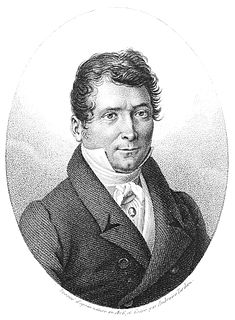 W
WGiuseppe Antonio Risso, called Antoine Risso, was a Niçard naturalist.
 W
WAndré Jean Baptiste Robineau-Desvoidy was a French physician and entomologist specialising in the study of Diptera (flies) and to some extent of the Coleoptera (beetles).
 W
WPierre Sonnerat was a French naturalist, colonial administrator, writer and explorer. He described numerous species of plants and animals on his travels and is honoured in the genus Sonneratia and in other specific names such as that of the grey junglefowl Gallus sonneratii.
 W
WAchille Valenciennes was a French zoologist.
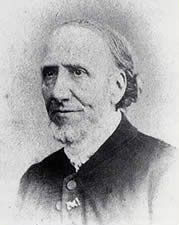 W
WJules Pierre Verreaux was a French botanist and ornithologist and a professional collector of and trader in natural history specimens. He was the brother of Édouard Verreaux and nephew of Pierre Antoine Delalande.
 W
WLouis Pierre Vieillot was a French ornithologist.
 W
WBaron Charles Athanase Walckenaer was a French civil servant and scientist.